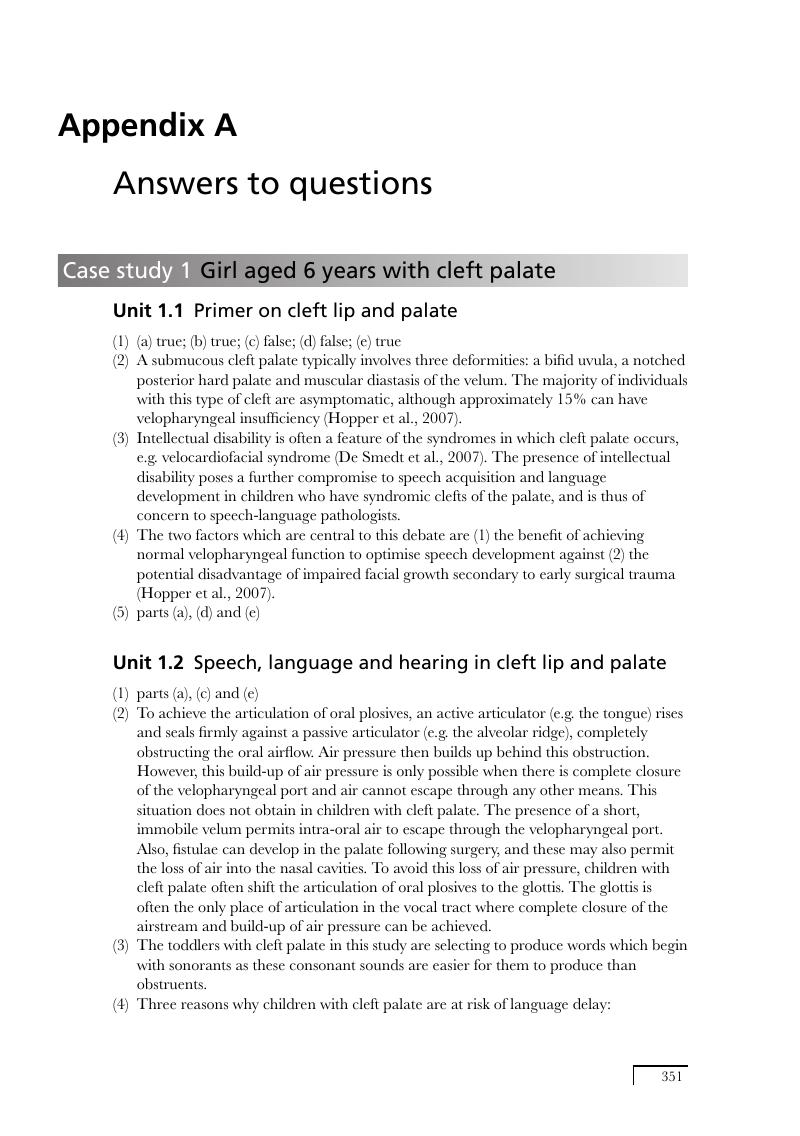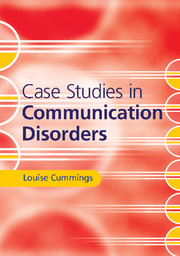Book contents
- Case Studies in Communication Disorders
- Case Studies in Communication Disorders
- Copyright page
- Contents
- Figures
- Preface
- Book part
- Section A Speech disorders
- Section B Language disorders
- Section C Fluency disorders
- Section D Voice disorders
- Section E Hearing disorders
- Section F Psychiatric disorders
- Book part
- References
- Index
- References
Appendices
Published online by Cambridge University Press: 09 November 2016
- Case Studies in Communication Disorders
- Case Studies in Communication Disorders
- Copyright page
- Contents
- Figures
- Preface
- Book part
- Section A Speech disorders
- Section B Language disorders
- Section C Fluency disorders
- Section D Voice disorders
- Section E Hearing disorders
- Section F Psychiatric disorders
- Book part
- References
- Index
- References
Summary

- Type
- Chapter
- Information
- Case Studies in Communication Disorders , pp. 351 - 468Publisher: Cambridge University PressPrint publication year: 2016



